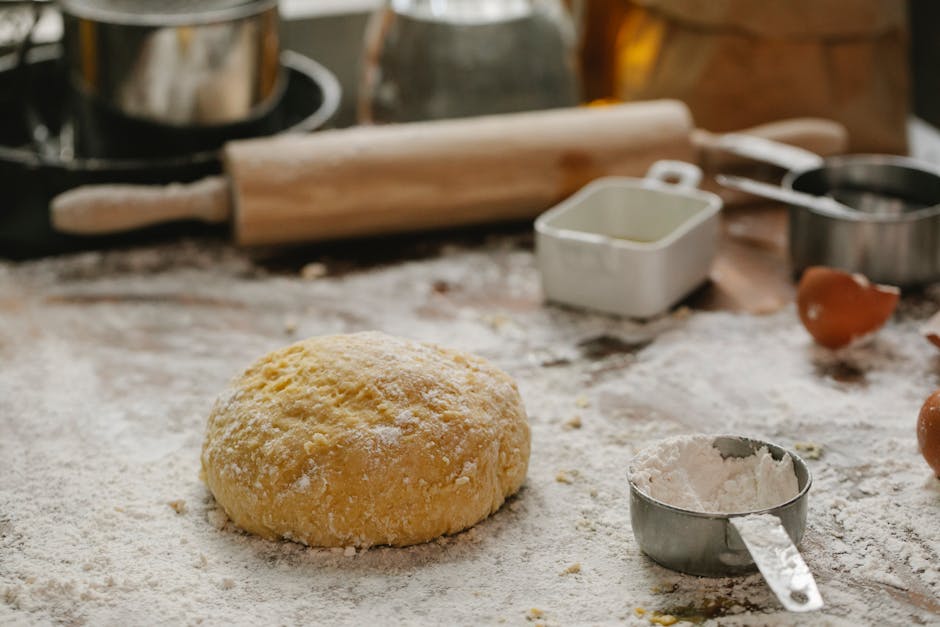Pasta Paradise: The Best Pasta on Earth and How to Make It
Pasta is more than just a meal; it’s an experience. From the bustling streets of Rome to the cozy kitchens of home cooks, pasta has a universal appeal that’s hard to beat. But what makes the best pasta on Earth, and how can you make it yourself? This comprehensive guide will take you through the nuances of crafting perfect pasta, from selecting the right ingredients to mastering the cooking techniques.
The History and Evolution of Pasta
Pasta has a rich history that dates back to ancient civilizations. While often associated with Italy, early forms of pasta were enjoyed in various cultures, including China and the Middle East. However, it was the Italians who truly elevated pasta to an art form. By the 13th century, pasta had become a staple in Italian cuisine, and its popularity only grew from there.
Types of Pasta: Understanding the Varieties
There are over 600 different shapes and varieties of pasta. Some of the most popular include:
- Spaghetti: Long, thin strands perfect for tomato-based sauces.
- Fettuccine: Flat, thick noodles ideal for creamy sauces.
- Penne: Tube-shaped pasta that pairs well with chunky sauces.
- Ravioli: Filled pasta pillows that can be stuffed with a variety of ingredients.
Selecting the Right Ingredients
The foundation of any great pasta dish lies in the quality of its ingredients. Here’s what you need to consider:
Flour: The Backbone of Pasta
The type of flour you use can significantly impact the texture and flavor of your pasta. Traditional Italian pasta is made with semolina flour, which gives it a firm bite and golden hue. For a more tender pasta, you can use 00 flour, which is finely ground and perfect for making delicate, fresh pasta.
Eggs: Adding Richness and Flavor
Eggs add richness and a slight yellow color to your pasta dough. The standard ratio for fresh pasta dough is one egg for every 100 grams of flour. However, you can adjust this ratio based on the type of pasta you’re making and your personal preferences.
Step-by-Step Guide to Making Fresh Pasta
Making pasta from scratch may seem daunting, but with the right techniques, it can be a rewarding and enjoyable process. Follow these steps to create the best pasta on Earth:
1. Mixing the Dough
Start by creating a mound of flour on a clean surface. Make a well in the center and crack in the eggs. Use a fork to whisk the eggs, gradually incorporating the flour until a dough begins to form. Knead the dough for about 10 minutes until it becomes smooth and elastic.
2. Resting the Dough
Wrap the dough in plastic wrap and let it rest for at least 30 minutes. This allows the gluten to relax, making the dough easier to roll out.
3. Rolling and Shaping the Dough
Divide the dough into smaller portions and use a pasta machine or rolling pin to roll it out to your desired thickness. Cut the dough into your preferred shapes, whether it’s long strands of spaghetti or sheets for lasagna.
The Art of Cooking Pasta
Cooking pasta might seem straightforward, but a few key tips can make all the difference:
1. Use Plenty of Water
Fill a large pot with water and bring it to a rolling boil. This ensures that the pasta has enough space to cook evenly without sticking together.
2. Season the Water
Adding a generous amount of salt to the boiling water enhances the flavor of the pasta. As a rule of thumb, use about one tablespoon of salt per gallon of water.
3. Cook to Al Dente
Al dente means “to the tooth” in Italian and refers to pasta that is cooked until it still has a slight bite. Follow the cooking time on the package, but start checking the pasta a minute or two before the recommended time.
Perfect Sauces to Complement Your Pasta
A great sauce can elevate your pasta to new heights. Here are some classic sauces and tips for pairing them with different pasta shapes:
1. Marinara Sauce
This simple yet flavorful tomato sauce is perfect for spaghetti or penne. Made with tomatoes, garlic, onions, and herbs, it’s a versatile sauce that can be customized to your taste.
2. Alfredo Sauce
A rich and creamy sauce made with butter, heavy cream, and Parmesan cheese. It’s traditionally served with fettuccine, but it pairs well with any flat or ribbon-like pasta.
3. Pesto Sauce
A vibrant green sauce made from fresh basil, garlic, pine nuts, Parmesan cheese, and olive oil. Pesto is ideal for long, thin pasta like spaghetti or linguine.
Tips for Perfect Pasta Every Time
Here are some additional tips to ensure your pasta turns out perfectly every time:
- Use Fresh Ingredients: Fresh herbs, high-quality cheese, and ripe tomatoes can make a significant difference in the flavor of your pasta.
- Don’t Rinse Your Pasta: Rinsing removes the starch that helps the sauce cling to the pasta. Instead, toss the cooked pasta directly with the sauce.
- Save Some Pasta Water: Adding a splash of the starchy cooking water to your sauce can help bind everything together and create a silky texture.
Conclusion: Embrace the Pasta Paradise
Pasta is a beloved dish worldwide, and with the right techniques, you can create your own pasta paradise at home. By selecting high-quality ingredients, mastering the art of pasta-making, and pairing your creations with delicious sauces, you’ll be well on your way to making the best pasta on Earth. So roll up your sleeves, grab some flour and eggs, and start crafting your culinary masterpiece!
Happy cooking!






Leave a Reply
You must be logged in to post a comment.